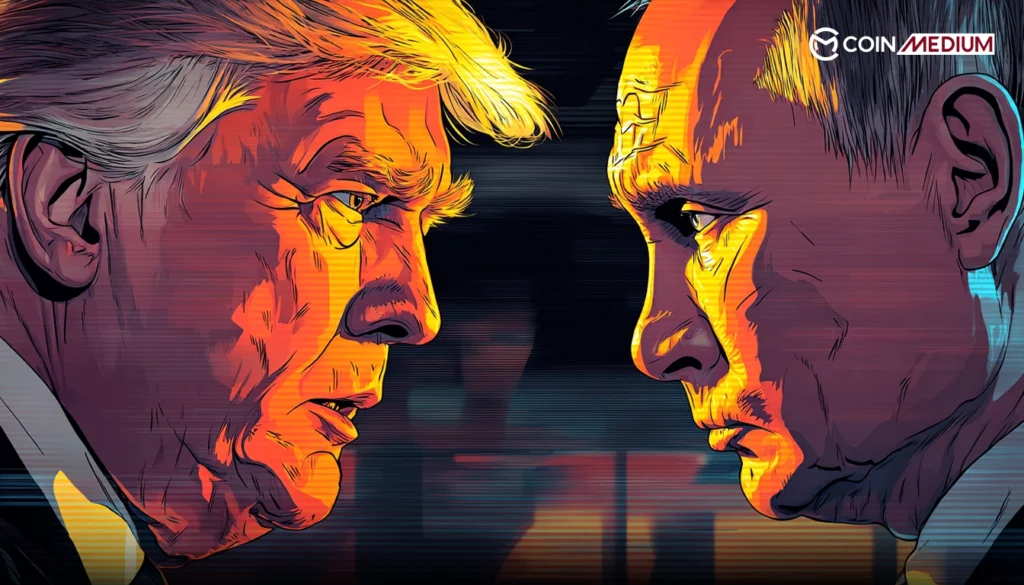Anton Kobyakov, an adviser to the Russian President Vladimir Putin has accused the United States of employing the stablecoin strategy to devalue its staggering $37 trillion national debt.
He spoke at a press briefing during the Eastern Economic Forum in Vladivostok.
Kobyakov accused the Trump administration of attempting to “rewrite the rules” of global financial markets to address declining trust in the U.S. dollar.
Kobyakov alleged that the U.S. is leveraging cryptocurrencies and gold as alternatives to the traditional global currency system.
“The U.S. is now trying to rewrite the rules of the gold and cryptocurrency markets”, he said.
“Remember the size of their debt. $35 trillion.”
He suggested that by shifting its debt into U.S. dollar-backed stablecoins, Washington could devalue its obligations and “start from scratch”.
However, he provided no clear explanation of how stablecoins would achieve this.
The adviser drew parallels to U.S. financial strategies in the 1930s and 1970s.
Kobyakov claimed the U.S. aims to resolve its economic challenges “at the world’s expense” by pushing global markets into what he called a “crypto cloud.”
One potential element of this stablecoin strategy, Kobyakov noted, is the Bitcoin Act proposed by Senator Cynthia Lummis.
The bill calls for the U.S. government to purchase 1 million Bitcoin over five years and hold it for 20 years. It also provides the administration with the option to use it to retire federal debt.
Kobyakov’s remarks come while global discussions about the role of cryptocurrencies in reshaping financial systems are ongoing.
No official response from the U.S. government has been reported yet.
Does Russia have a Stablecoin Strategy of its own?
Despite Kobyakov’s accusations, Russia has its own stablecoin plans.
In June, Russian state media reported that a new Russian ruble-backed stablecoin was in the works.
A7A5 would launch on Tron.








